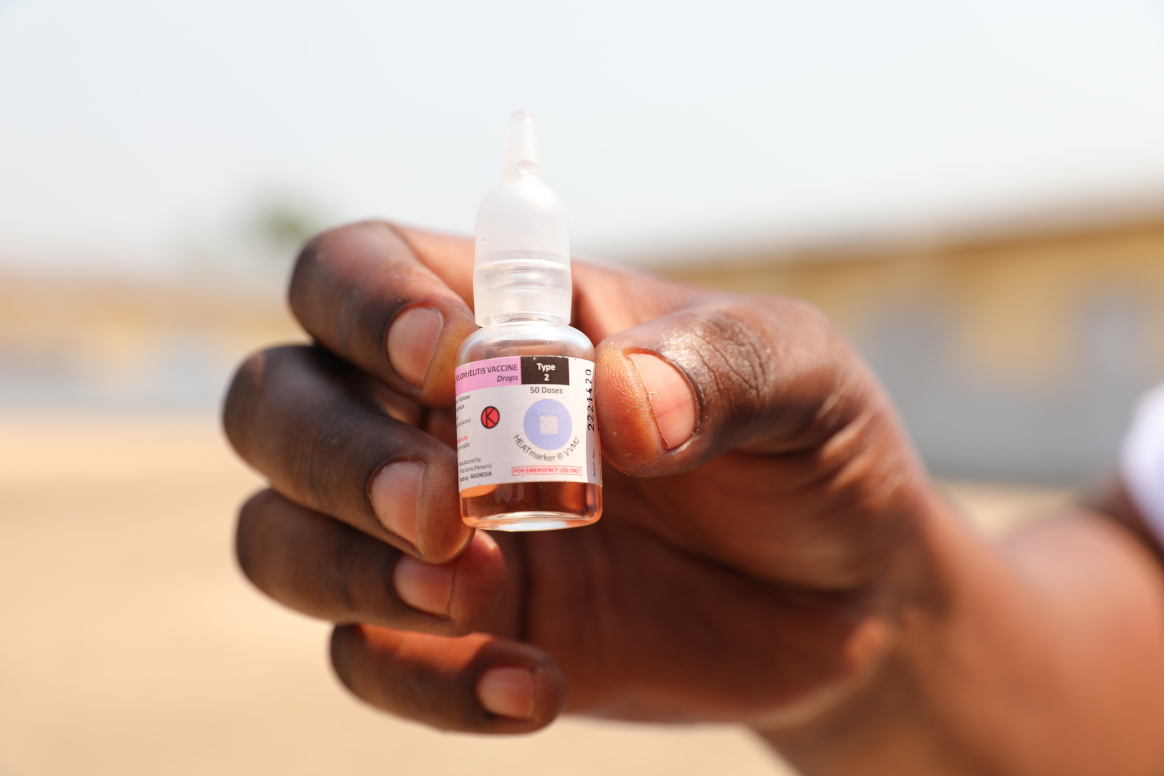Historically, trivalent OPV (tOPV), which uses attenuated Sabin strains of live poliovirus types 1, 2 and 3, was the primary tool for polio eradication in most countries. The choice of OPV was based on its low cost, ease of administration, induction of both mucosal and humoral immunity, and transmission of vaccine virus to unimmunized contacts.
However, because OPV uses live polioviruses, there is a small risk that some of the vaccine-virus may genetically mutate from the original attenuated strain and become neurovirulent, resulting in the emergence of circulating vaccine-derived polioviruses (cVDPV). Once wild poliovirus (WPV) transmission has been stopped globally, the viruses used within the OPV will be the only source of live polioviruses in the community and could potentially re-establish endemic and epidemic poliovirus transmission.
For this reason, as we come ever closer to eradication, the GPEI is working with countries and partners on phased OPV cessation, the first part of which was the global switch from tOPV to bOPV (bivalent OPV) in April 2016 containing poliovirus types 1 and 3 only. With WPV2 having been eradicated in 1999, the subsequent burden of type 2 poliovirus has come in the form of VDPV2. To eliminate the risk of further VDPV2 outbreaks, the switch saw the removal of the type 2 component (OPV2) from immunization programmes across the world.
Whilst previous research in this area looked at optimising OPV efficacy and delivery, today the primary focus is two-fold. Firstly, options for new vaccine schedules following the switch from bivalent to trivalent OPV, and for co-administration with IPV, are being investigated. Secondly, because mOPV2 will continue to be used for outbreak control purposes, research is underway to develop a new form of OPV2 (nOPV) which would pose less risk of cVDPV and subsequent vaccine-associated paralytic polio.
